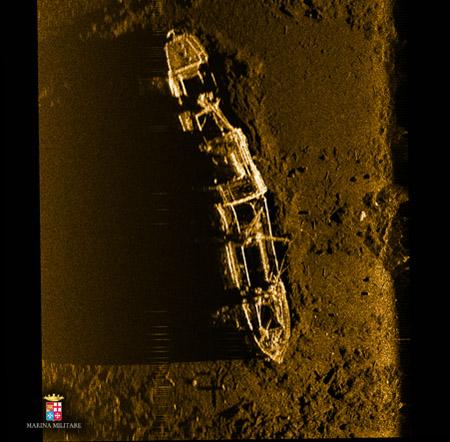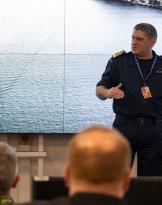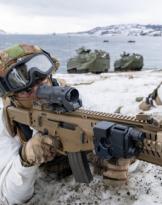The activity included in the collaboration program between the Navy and the Ministry of Cultural Heritage and Activities and Tourism (MIBACT) as part of the First World War Memorial Project, allowed the location of a wreck at 20 miles from Capo Figari , lying on a depth of about 1000 meters of depth, correlated with that of the Steamboat Tripoli.
The steamer "Postale Tripoli" was sunk on the night between the 17 and the 18 March 1918, following the torpedoing at the hands of a German submarine. It was a route between the Golfo degli Aranci (OT) and Civitavecchia. About 300 people perished, including part of the Sassari brigade.
Thanks to the use of latest generation systems, it has been possible to conduct research activities at great depths. The considerable performance of the sensors embarked on the AUV (Autonomous Underwater Vehicle) HUGIN 1000, of which the unit was recently equipped, allowed to explore an area of approximately 4 square miles off the Gulf of Olbia, with an excellent level of definition.
The navy, through the use of minesweepers, constantly carries out monitoring and mapping of the seabed in order to identify possible wrecks, unexploded ordnance or other submerged obstacles that could compromise the safety of navigation.
The Vieste minesweeper is a unit of the Lerici class, equipped with systems and equipment that allow to determine, with precision, the presence on the seabed of mines and objects of different nature and dimensions.
This type of unit, which also embodies a core of divers, is equipped with a hyperbaric chamber and allows a wide operational versatility that can be defined dual, precisely because of its dual use both in the military field and in support of the entire civil community in the research and environmental monitoring or even in search and rescue.
Nave Vieste has recently been subjected to a modernization program, becoming the first unit of the navy to be equipped with a latest generation autonomous vehicle, capable of carrying out research on high bottoms.
Source: Military Navy












